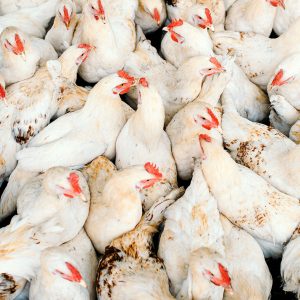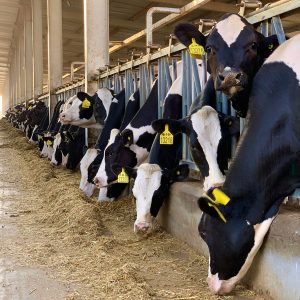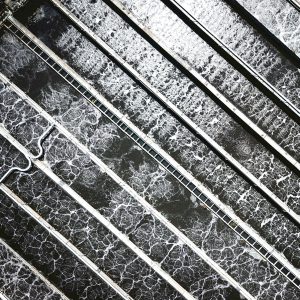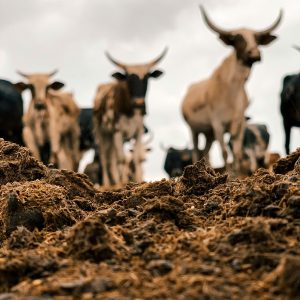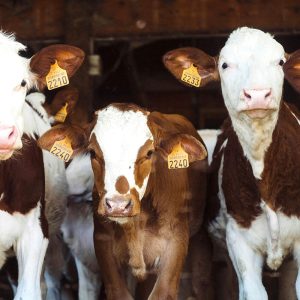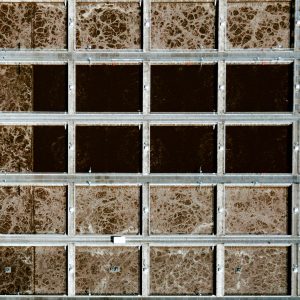In-house windrow composting of poultry litter is rapidly gaining popularity among poultry producers and integrators seeking a competitive advantage. This method offers significant benefits for a relatively small investment in labor and fuel, leading to healthier birds and improved feed conversion rates.
What is In-House Windrow Composting?
This process involves composting poultry litter within the poultry house itself. After the birds are removed, the litter and cake are formed into long piles called windrows that run the length of the building. These windrows are left undisturbed for 1 to 4 days, allowing the temperature to rise to 130+ degrees Fahrenheit, effectively pasteurizing approximately 50% of the material. At this stage, the partially pasteurized litter can either be spread or further aerated.
Benefits of Windrow Composting
Windrow composting offers numerous advantages:
- Improved Bird Health: Reduced mortality rates and control of diseases like LT, dermatitis, enteritis, and coccidiosis.
- Enhanced Performance: Increased bird weights and improved feed conversions.
- Reduced Environmental Impact:
- Ammonia and moisture volatilization.
- Reduced bacteria, pathogen, and beetle levels.
- Conversion of nutrients into a more stable form, reducing run-off concerns.
- Efficient Waste Management: Recycling litter in-house and eliminating crust outs minimizes spills during transportation and creates a more acceptable material for land application.
The Composting Process
Aeration plays a crucial role in the effectiveness of windrow composting. Each time the windrows are aerated, the following occurs:
- Exposure of more litter to the heat, furthering the pasteurization process.
- Drying of the floor underneath, promoting a healthier environment for the birds.
- Volatilization of ammonia and moisture, improving air quality.
- Destruction of bacteria, pathogens, and insects, contributing to a cleaner and healthier environment.
The frequency of aeration directly correlates with the benefits achieved—more aeration cycles result in greater benefits. A minimum lay-out time of 7 days is recommended, with extended periods allowing for further processing.
Labor and Equipment
The labor required for the entire process, from windrowing to spreading, typically ranges from 4 to 6 hours per house, depending on the number of aeration cycles. Various specialized aerators are available, offering different mounting options, power requirements, and features such as hydraulic tilt and cable guards.
By implementing in-house windrow composting, poultry producers can reap substantial rewards in terms of bird health, performance, and environmental sustainability.

